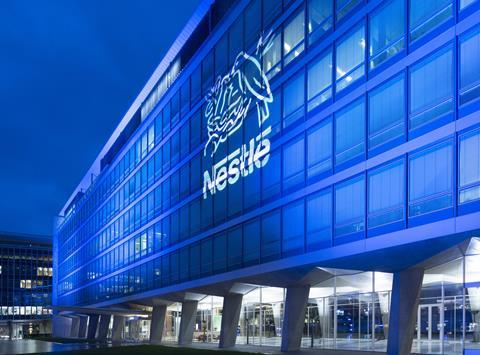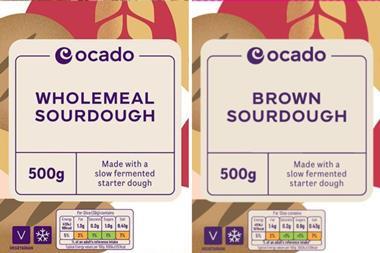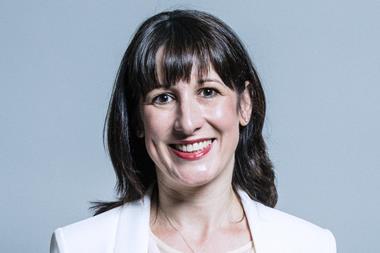
The healthiness of listed food portfolios is back in the spotlight following ShareAction’s campaign challenging Nestlé to up its game. It’s concerned about the regulatory, reputational and legal consequences that may arise if Nestlé doesn’t improve on health.
Specifically, ShareAction claims three-quarters of Nestlé’s sales come from foods with high levels of salt, sugar and fat, and has put forward a resolution for shareholders to vote on at the fmcg giant’s upcoming AGM on 18 April.
However, assessing the healthiness of portfolios is inherently subjective, and the devil is in the detail. It depends on the source used, what’s included within scope, and the geographic breadth of the study.
ShareAction is using the 2015 WHO Europe nutrient profile model as a key source. The drawback is, it only takes into account data for seven countries and 20 companies. We also question the methodology, which deems most yoghurts unhealthy but gives a higher ranking to ready meals and convenience foods, as well as bread, butter and oils. There is also a difference of opinion as to whether coffee and specialised nutrition should be included as healthy: Nestlé argues they should, but ShareAction disagrees.
Contrary to ShareAction’s estimate, Nestlé claims nearly 60% of its sales (excluding petfood) stem from more nutritious products. Twenty-one per cent of its portfolio comes from more indulgent categories. Nestlé’s methodology uses the Australian Health Star Rating (HSR) system, a government-endorsed nutrient profiling model that rates any product with more than 3.5 stars as healthy.
ShareAction argues Nestlé should have targets for what percentage of its portfolio comes from healthy lines. However, Nestlé believes increasing the proportion of sales from more nutritious segments would weaken other parts of its portfolio.
Instead, in September 2023, Nestlé set an absolute target to increase its healthier food sales by CHF25-30bn by 2030, up 50% from 2022 levels. The company hasn’t outlined specific plans of how it intends to reach this target, but it may require more acquisitions centred on healthier food categories.
ShareAction points out this 2030 target is ‘only’ in line with Nestlé’s group mid-single-digit organic growth guidance, meaning its less healthy portfolio will grow at the same rate as the healthier part. Nestlé has countered with assertions that its healthier portfolio will grow faster, at the top end of its organic growth guidance. In 2023, the weight of Nestlé’s healthier portfolio did indeed grow faster, increasing by two percentage points to 59% of its group sales.
It’s also worth pointing out Nestlé has already shifted its portfolio quite significantly since Mark Schneider became CEO in 2017. Twenty-two per cent of its portfolio has been rotated in and out. The biggest change has been in the US, where 50% of its portfolio of many unhealthy businesses has been sold, including US confectionery.
Whilst there are many estimates of the impact of obesity, the WHO reckons it will cost the global economy more than $4tn a year by 2035. There is no doubt the food industry needs to do more on health, but almost by definition, packaged food is going to be less healthy than natural foods such as fruit and vegetables. Most consumers know minimally processed food is better for their health, but there is also the practical consideration of cost. Companies such as Danone and Glanbia have already positioned their portfolios, with the majority of their sales now in healthier categories.
It is a little ironic that companies with 100% unhealthy portfolios are less in the spotlight than Nestlé, which has transformed its portfolio in the last decade and also has time-bound commitments to increase the weight of its healthier categories. Coffee, petfood and health sciences make up almost half of Nestlé’s portfolio, up from a quarter a decade ago.
Nestlé is also the first company to report on the nutritional value of its entire global portfolio, using HSR. We think all food companies need to follow suit. That said, food CEOs will need to think hard about what ‘good’ portfolios of the future should look like in a lower-calorie, higher-value world.



















No comments yet